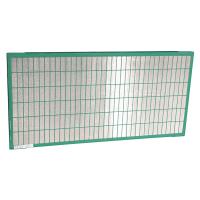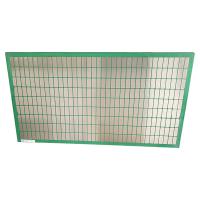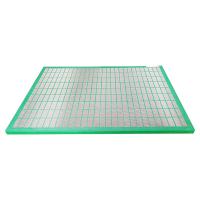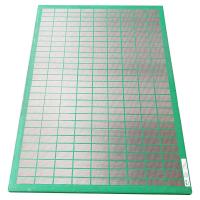Decanter centrifuges are efficient machines used for solids and liquid separation. There is a rotating bowl and a screw propeller in any decanter centrifuge. The bowl is made to be rotating at a quite high speed, while the screw propeller is rotating at a comparably much slower speed. There is a different ratio between the two sections. In this way, the liquid phase of the material will be splashed to the inner wall of bowl and finally flows to outside, while the solids particles are to be pushed out from another port by the screw propeller.

The functioning principle is the centrifugal force on material of different weight. That’s why there is a well recommended premise for using the decanter centrifuge: the solids particles have to be heavier than the liquid, or in other words, the suspending particles on liquid surface are not able to be separated out by a decanter centrifuge. (in which case maybe a scraper will be better).
1. What separation equipment are used in a standard solids control system?
In a complete oil and gas solids control system, there are always 4 steps for separation, shale shakers, desander cones, desilter cones and decanter centrifuges. In plus with the 4 stages for separation, there should be mud mixing unit in the solids control system, too.
2. What kinds of decanter centrifuges are to be used in a solids control system?
In a solids control system of high configuration, there should be 2 sets of decanter centrifuges, one middle speed with a RMP around 1800, which is used for barite recovery or removal of particles from 5 to 7 microns. And a high speed centrifuge with a RPM larger than 3200 is more important for removing particles larger than 2 to 5 microns.
GN Solids Control has both 2 kinds of centrifuges available, and also the other solids control equipment for completion of a solids control system.





